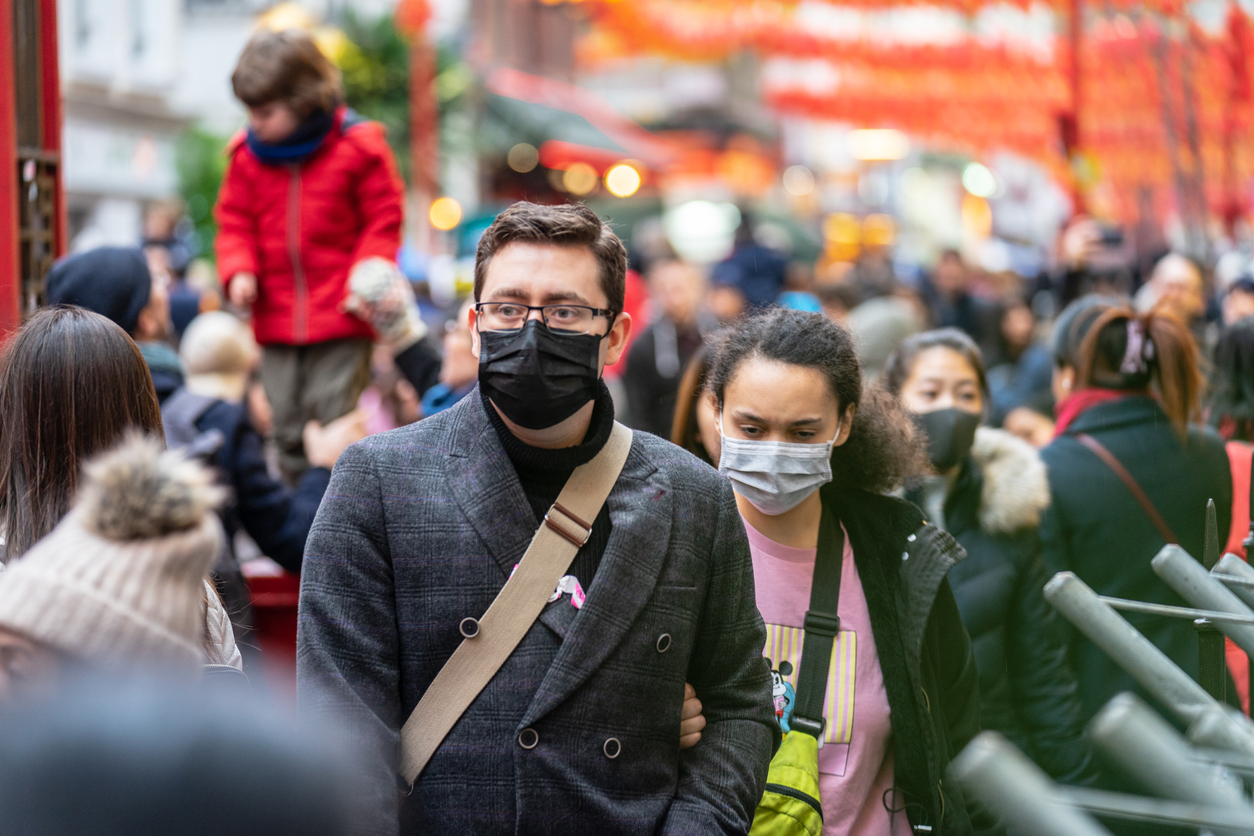The coronavirus, known as COVID-19, has dominated news headlines in recent weeks. Daily reports show that the number of deaths, infections and affected countries is rising, making one thing clear: this is a fast-moving infection.
Having infected over 40,553 people, caused 910 deaths and spread to 28 countries in just 2 months, the situation is undeniably serious.
However, as a new virus, no one knows just how dangerous this coronavirus really is.
While little is known about how this outbreak will change over time, what is known is how it compares to previous coronavirus outbreaks, such as the severe acute respiratory syndrome (SARS) outbreak of 2003 and Middle East respiratory syndrome (MERS) outbreak of 2012.

How does the novel coronavirus compare to SARS and MERS?
The case fatality rate (that’s the number of infected people who die from the infection) of the novel coronavirus is currently reported to be around 2%. However, public health authorities agree that this figure is likely to be an overestimate.
That’s because only those who have gone to hospital for treatment have been included in the count. In reality, it’s likely that many people with the virus have developed mild symptoms that haven’t needed medical attention.
Even if the 2% case fatality rate is taken as accurate, a quick comparison to the SARS outbreak of 2003 suggests that COVID-19 is not as fatal as previous worldwide coronavirus emergencies.
During the SARS outbreak, 8,096 people were infected and 774 people died across 26 countries, according to figures from the European Centre for Disease Prevention and Control (ECDC) and the World Health Organization (WHO).
That’s a case fatality rate of approximately 10% - 8% higher than that of the China coronavirus.
MERS also appears to be more fatal than COVID-19.
ECDC and WHO figures show that since it first appeared in 2012, MERS has infected 2,494 people, spread to 27 countries and killed 858 people - a case fatality rate of 35%.
Based on these figures, the novel coronavirus seems to spread more easily than SARS and MERS, but appears to be less likely to kill those it infects.

Is the China coronavirus worse than the flu?
The flu is significantly more contagious than the novel coronavirus. Data from the Centers for Disease Control and Prevention (CDC) shows that last year in the US alone there were more than 35 million cases of flu and 34,157 deaths - a case fatality rate of approximately 0.09%.
These figures suggest that while many people catch the flu each year and many also die from the infection, at present flu is less likely to kill a person than the novel coronavirus.
Another reason why the flu can be considered less worrying than the new coronavirus is that there’s an annual vaccine that can help to protect against flu infection.
In contrast, there’s no vaccine for the new coronavirus.
With this in mind, the best way to protect yourself from getting infected by COVID-19 is to follow the CDC’s guidelines, which advise that you should:
- wash your hands often with soap and water for at least 20 seconds
- use an alcohol-based hand sanitiser with at least 60% alcohol if soap and water are not readily available
- avoid touching your eyes, nose and mouth with unwashed hands
- avoid close contact with people who are sick
- stay home when you are sick
- cover your cough or sneeze with a tissue, then throw the tissue in the bin
- clean and disinfect frequently-touched objects and surfaces
If you’d like to know more about the novel coronavirus and how to stay safe, visit our coronavirus hub for all the latest information.
If you think you may have coronavirus, you can use our COVID-19 Symptom Mapper to check your symptoms and compare them with others around the world.
This should give you a better understanding of how the illness is affecting you and will help us to map the spread of the outbreak.






